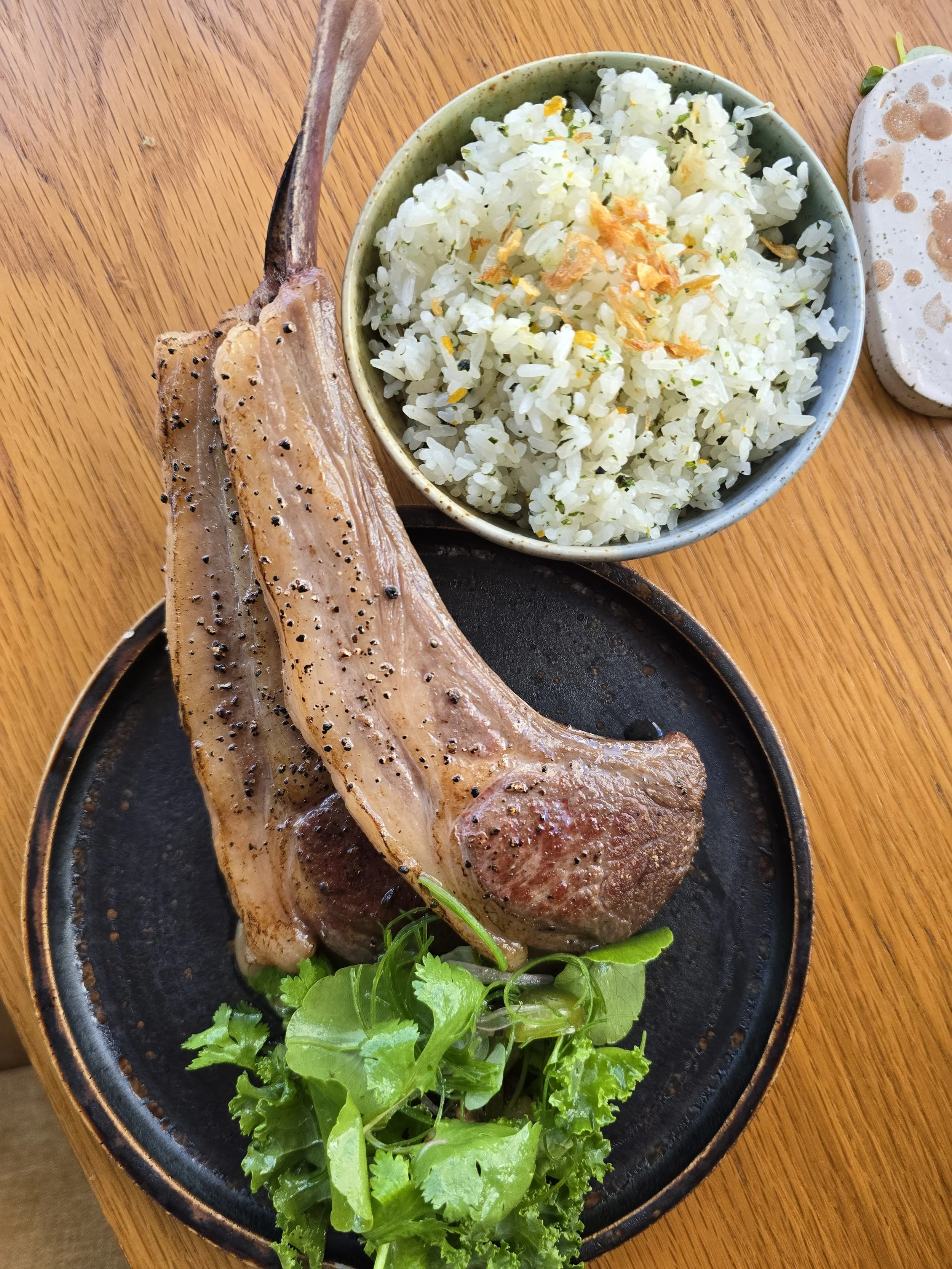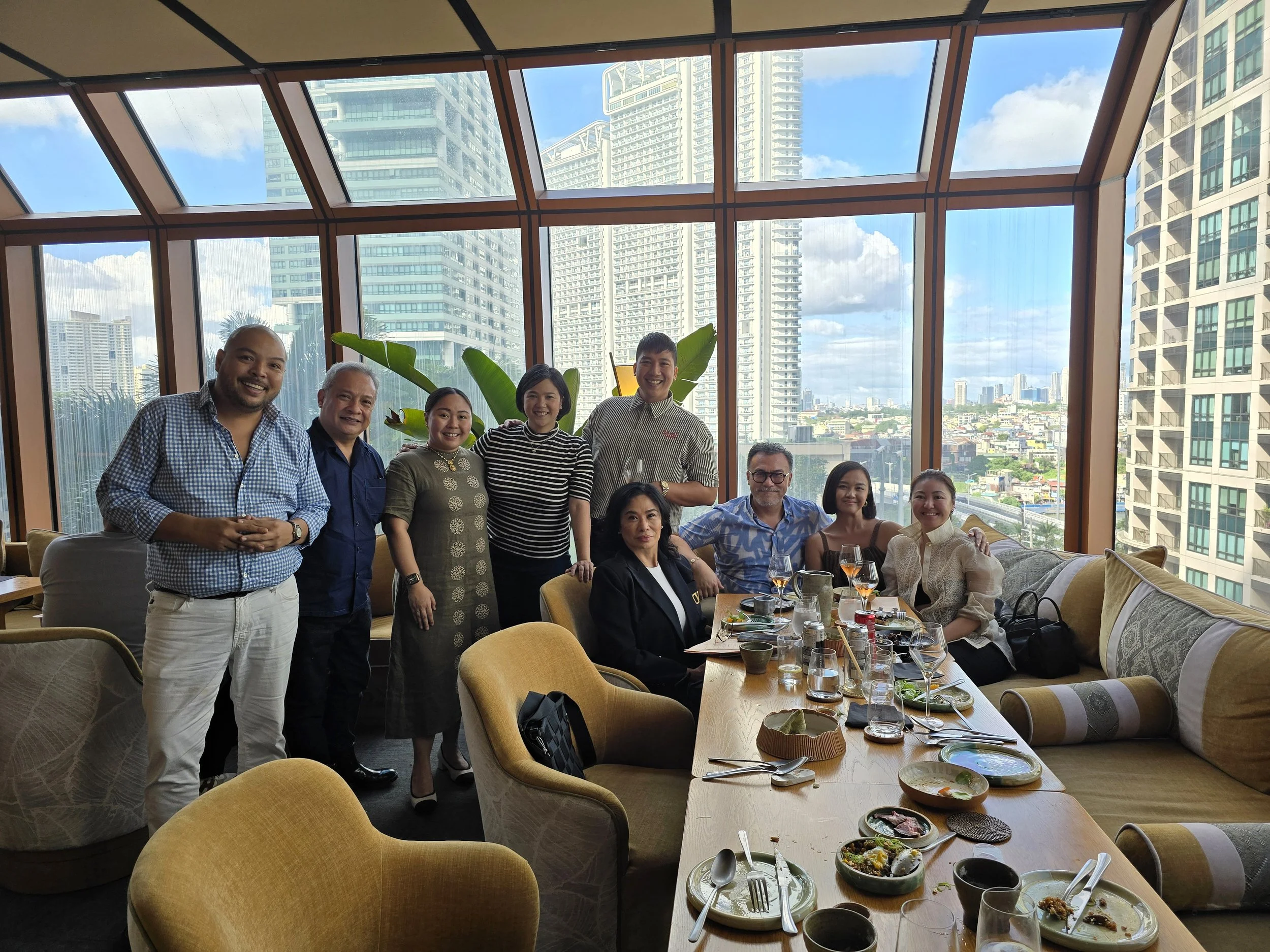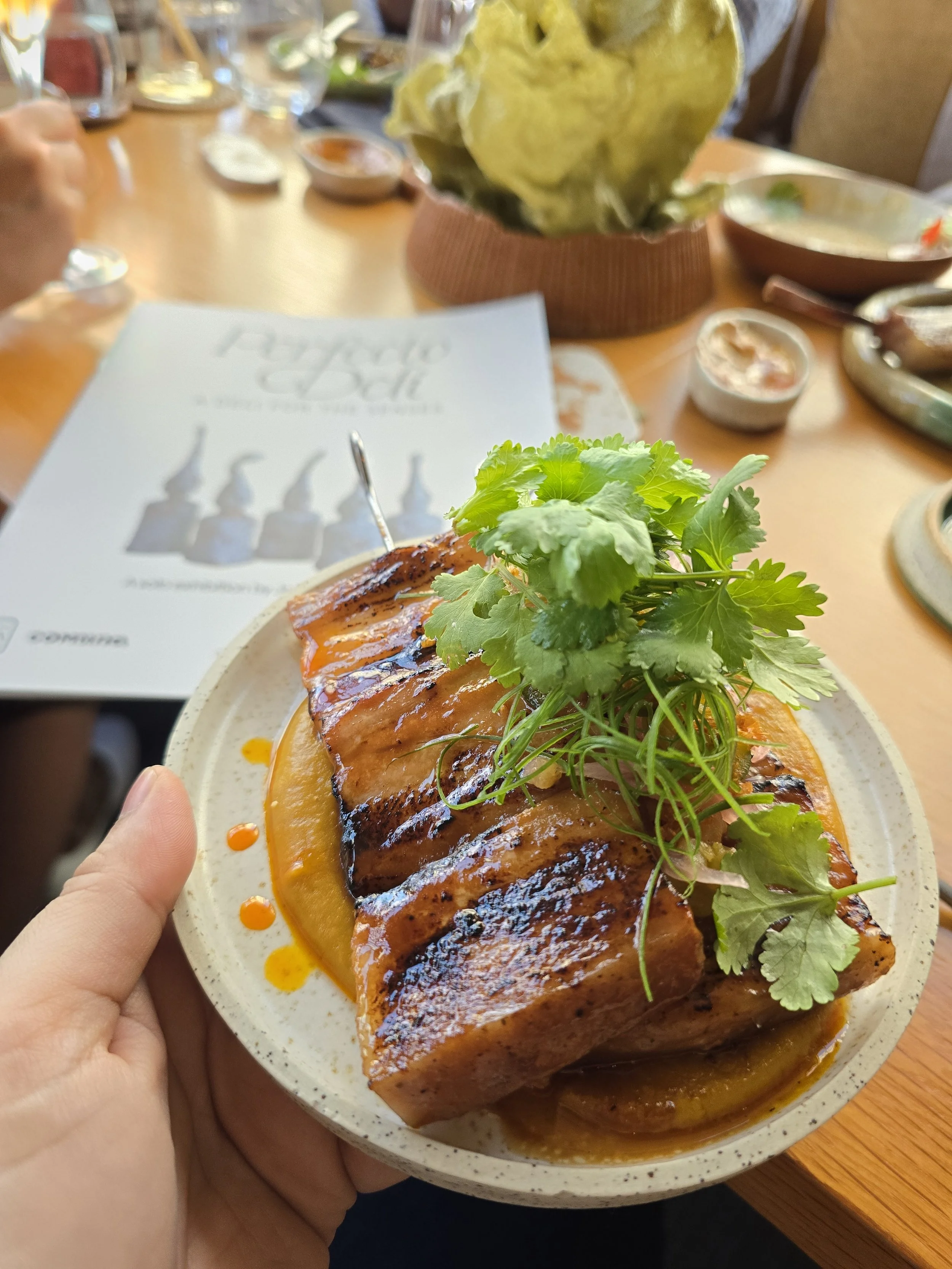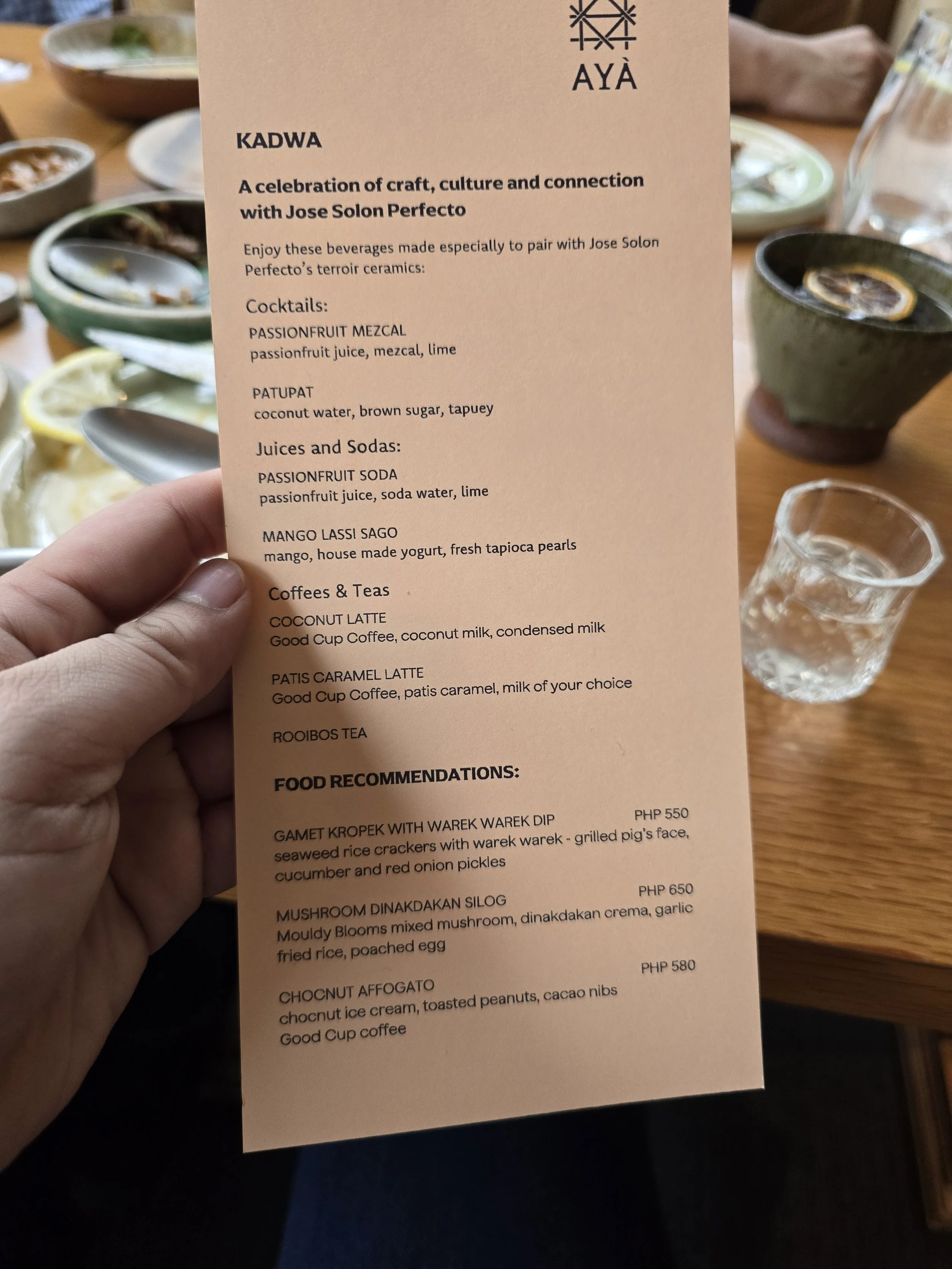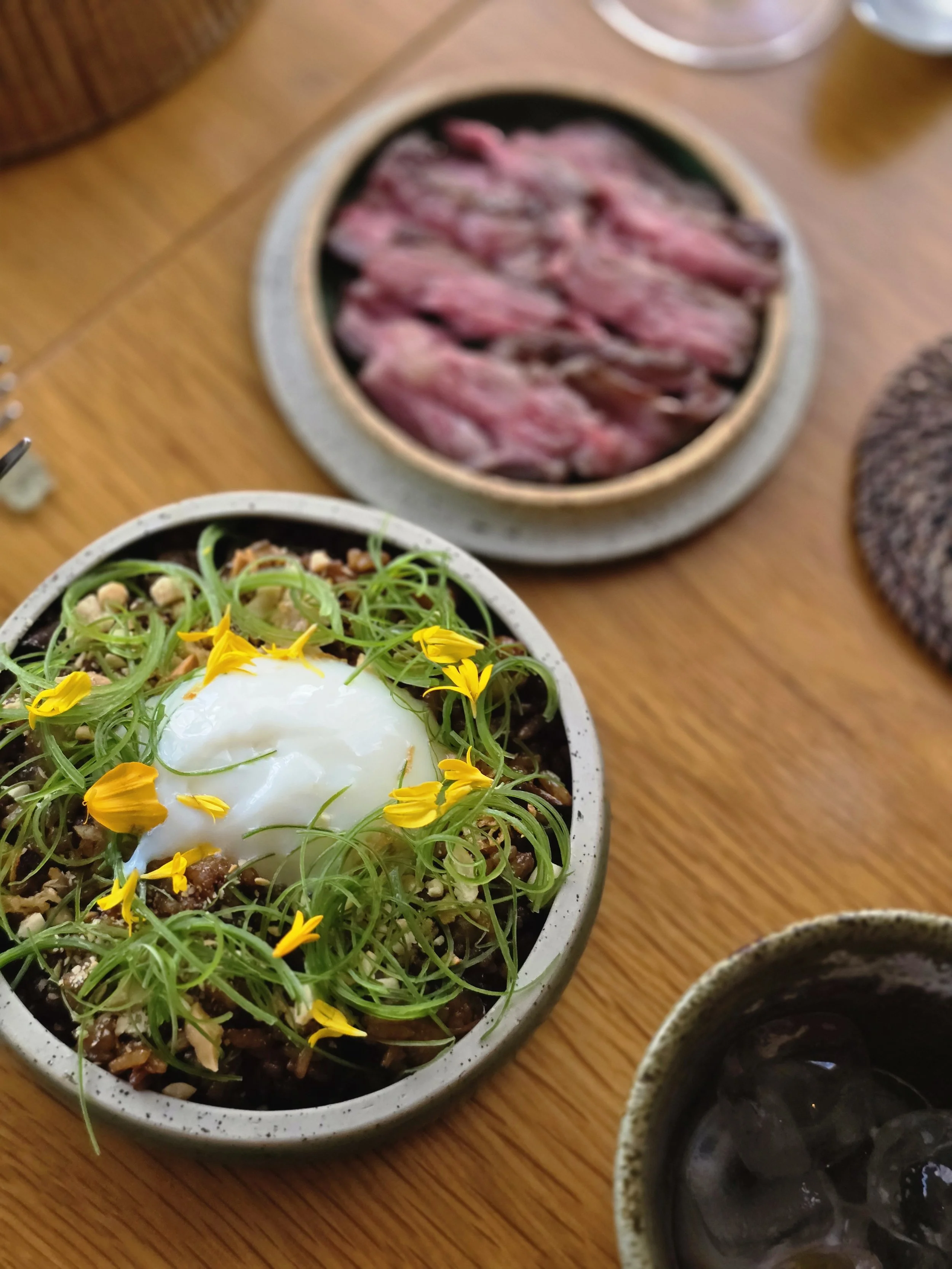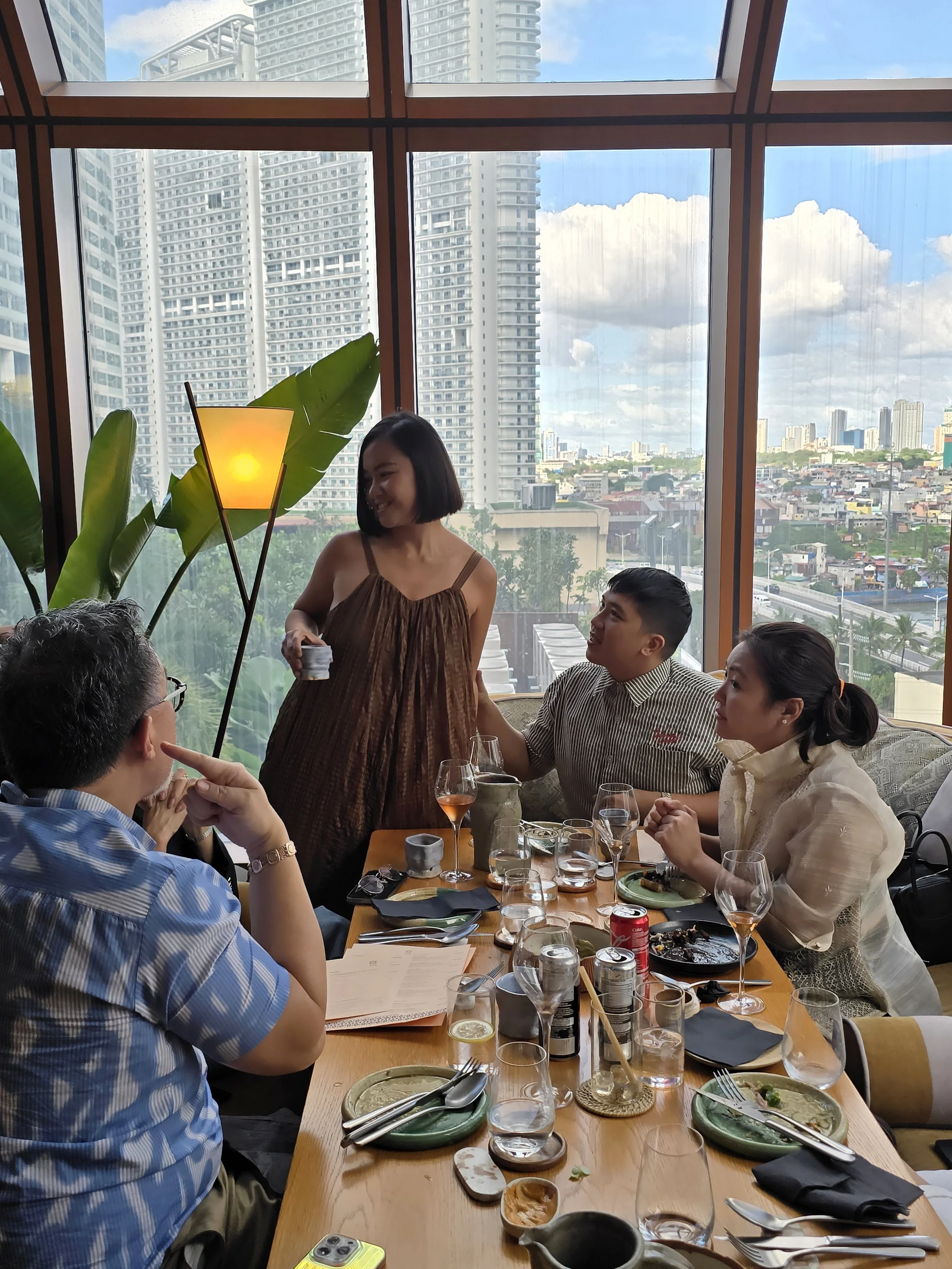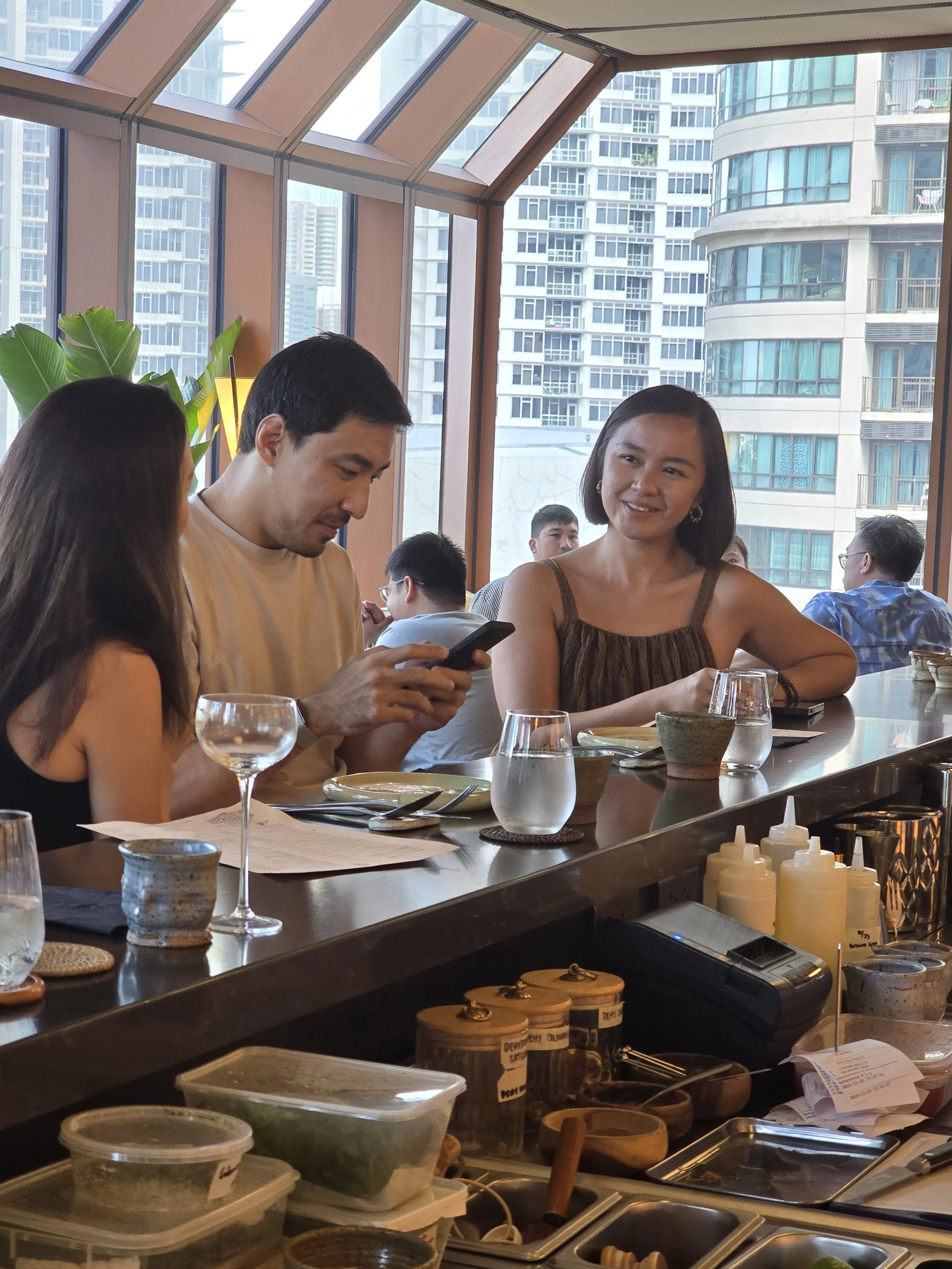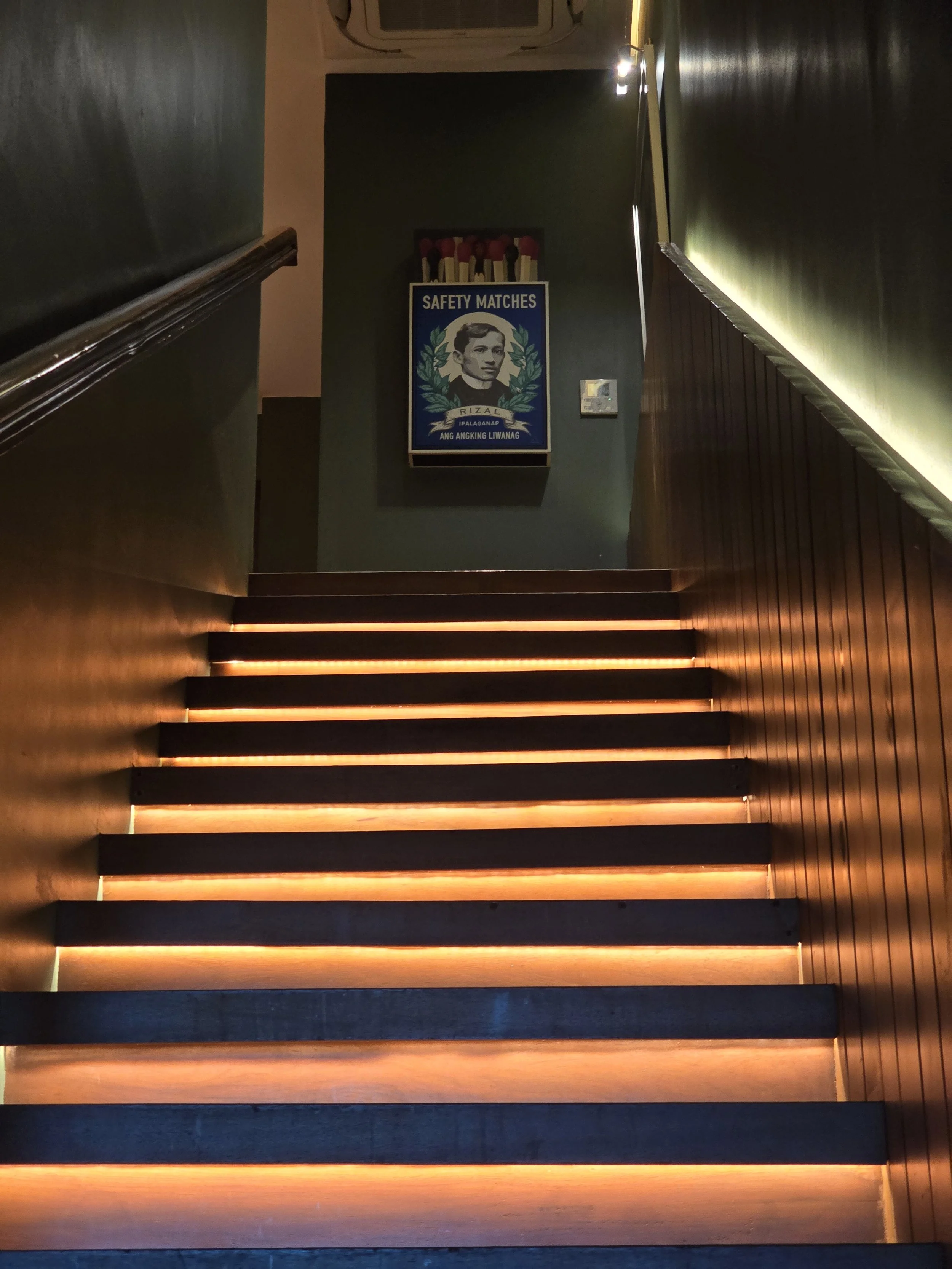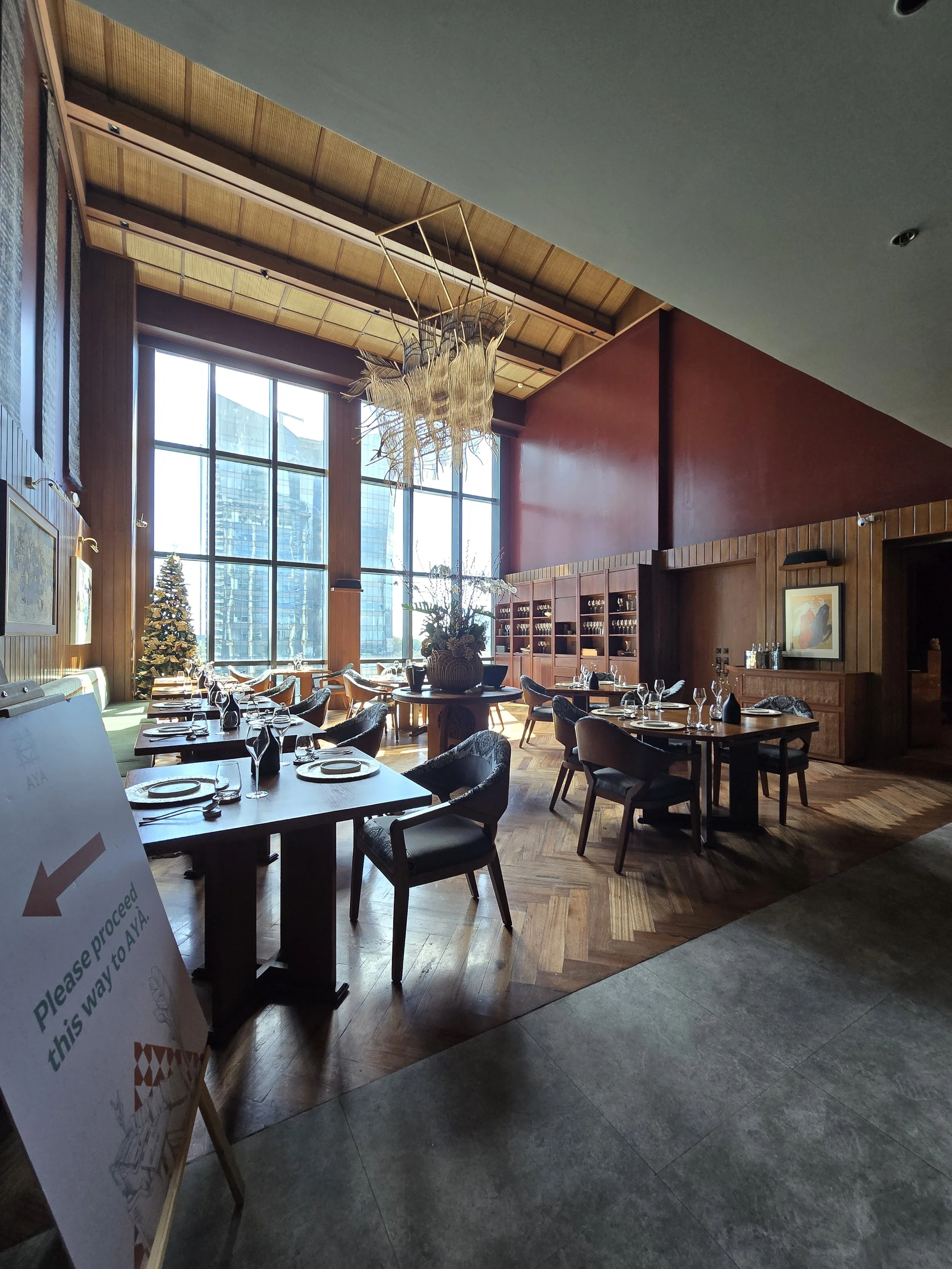Filipino Table Culture & Terroir Ceramics
Jose Solon Perfecto's philosophy of Filipino Table Culture has produced an interplay of ceramics and cuisine, with his signature Terroir Ceramics finding home and pride of place in the food and drinks of Hapag and Aya.
What is Terroir Ceramics?
Jose Solon Perfecto: In my time working at a local cigar manufacturer, I learned about how different regions in the world created unique tobacco with each their own characteristics. This deep dive into the Old World art of cigar-blending was completely captivating. When I set forth for La Union, I made clay and glazes using raw materials from my locale in my art studio.
In this endeavor, clays were unearthed, processed, blended, and aged. Glaze material was made from blending fruit tree and rice straw ashes.
The outcome is a very small batch of material unique to its terroir. The material is not predictable, and cannot be tamed, and so through a combination of technique, grace, and experience, it is turned into vessels and art that celebrate my heritage as both an artist and a craftsman.
Define Filipino Table Culture.
JSP: In a world where recyclable cups and soggy paper straws exist, a thoughftul approach on Table Culture using ceramics means grace, personality, and storytelling in vessels that hold such an important part of our being Filipino within its walls.
Filipino Table Culture is the undercurrent of today’s exciting melting pot of cuisine and food traditions. It is both the spoken and unspoken rules that guide family meals, Sunday lunches, and fiestas. It is the spirit that guides us when we break bread — in the ways of a people whose cuisine has stayed insular and intact, while evolving globally at the the same time. It is giving dignity to rice bowls, recognizing the value behind all-day breakfasts, serving cold drinks during El Niño, and gathering around lechon for special occassions. It is also the ‘hiya’ piece, and the take-home in microwaveable containers that our mom’s friends sends off with us after birthday parties. It is our undying amor for Pinoy spaghetti while being snooty about authentic Italian pasta.
In what ways do you share this culture with Hapag & Aya?
JSP: We are modern, yet we honor tradition, and these handmade pieces are made for today’s Filipino, and for those that see a place for the two to live in harmony, where contemporary and traditional design and aesthetic can co exist.
I was happy to meet and eventually work with Erin Ganuelas, Hapag’s Beverage manager, who has been such a great patron throughout the my process of conceptualizing and creating their drinking culture glasses in 3 and 6 ounces. As a matter of fact, I’m loading and firing the remaining pieces to complete their order of 160 stoneware glasses in wild clay stoneware and Surftown Celadon Ash glaze.
Hapag believes in using the freshest local available ingredients, and turning them into elevated Filipino cuisine that is a nod not only to their professional backgrounds, but to their family’s kitchens, recipes, and cultures. The story of their genesis is an example of why part of the pillars of my work and studio pottery philosopy, is to provide vessels made with love, passion, dignity, and grace, in the same way they make Filipino food.
In November 2024, Aya produced the event, “Kadwa,” in collaboration with Jose Solon Perfecto to celebrate Northern Filipino cuisine (Ilocano food) and the handmade pottery of the artist.
First published on SPCC V.01 in 2023. Edited in 2025.
